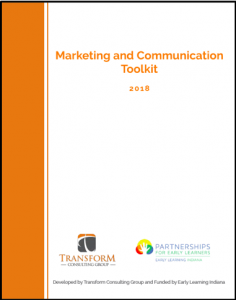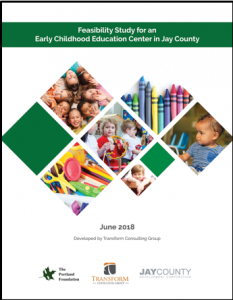You completed a feasibility study and found out that your project is feasible! Now it’s time for the work of actually implementing your project or new program. What are your next steps?
Your implementation plan will include 4 focus areas: program design, staff, communications/ marketing, and budget. Here are some specific action items to get you on your way to full implementation!
Program Design
A well-designed program will enable you to have the greatest possible impact. Your feasibility study helped you make sure that the elements of your program are informed by the outcomes you want to achieve. Now it’s time to purchase the necessary materials, including the curriculum, as well as necessary office and program supplies.
You will also want to have a method of evaluation in place from the start. You can set this up internally or hire an external evaluator. The evaluation process will help you adjust to changing needs and improve upon your practices. Decide on the process you will use, purchase a database if necessary, and write standard operating procedures for your staff.
Staff
You will likely be looking to hire and train new staff in order to fully implement your program. For this, you can rely in part on the information in your feasibility study. In addition, use what you and your leadership team have done in the past when hiring new staff.
Your feasibility study will help you determine how many staff to hire in your first year. During the first year, you will still be in the process of ramping up to full capacity. Then, determine how many staff are needed once you are operating your fully developed program. You might also work on partnerships with local higher education institutions, workforce boards, and other critical groups to support staffing your new program.
Communications and Marketing
You started developing partnerships with key stakeholders when you engaged them during your feasibility study. Continue to keep these partners informed and engaged as you make progress! During project implementation, you may want to form relationships with additional partners as well. These partnerships are an essential part of your overarching communications and marketing plan.
 Your marketing strategies will be important as you build your program, begin program enrollment, and communicate its value to your prospective clients and the broader community. Your goals are to attract your target clients to your program, build community buy-in, and increase awareness of prospective donors of the positive impact of your program.
Your marketing strategies will be important as you build your program, begin program enrollment, and communicate its value to your prospective clients and the broader community. Your goals are to attract your target clients to your program, build community buy-in, and increase awareness of prospective donors of the positive impact of your program.
Start using the marketing tactics and timeline you identified in your feasibility study. Create a website, or add onto your existing website with information specific to this project. Send a press release to local media to announce your program launch. Create social media pages for your new program, or add the new information to your existing pages.
Budget
Use the information in your feasibility study to put together a detailed start-up budget. Remember to account for all your projected initial costs. Then, create a budget for each of your first 3 years of operation. For your first year, you will likely not build out your full model. To inform your year-one budget, determine how many clients it is feasible to serve in that first year before you have built up your program’s capacity. When filling in your budget for your second year, account for increases in revenue and expenses for operating at full capacity. As you look to year three, quantify projected changes you expect to see after two years of operation.
 You will set yourself up for success by budgeting for start-up expenses, as well as the changes you will see in the initial years of operation. As you identify the amount of revenue needed to implement your program, create a fund development action plan to secure sustainable funding.
You will set yourself up for success by budgeting for start-up expenses, as well as the changes you will see in the initial years of operation. As you identify the amount of revenue needed to implement your program, create a fund development action plan to secure sustainable funding.
We recently completed a feasibility study for early learning stakeholders in Jay County. Now they are sharing the study results with a broader array of partners. Then, they will determine how to get from where they are now to full program implementation. If you’re interested in completing a feasibility study or taking the the next step toward program implementation, we’d love to help! Contact us today!

